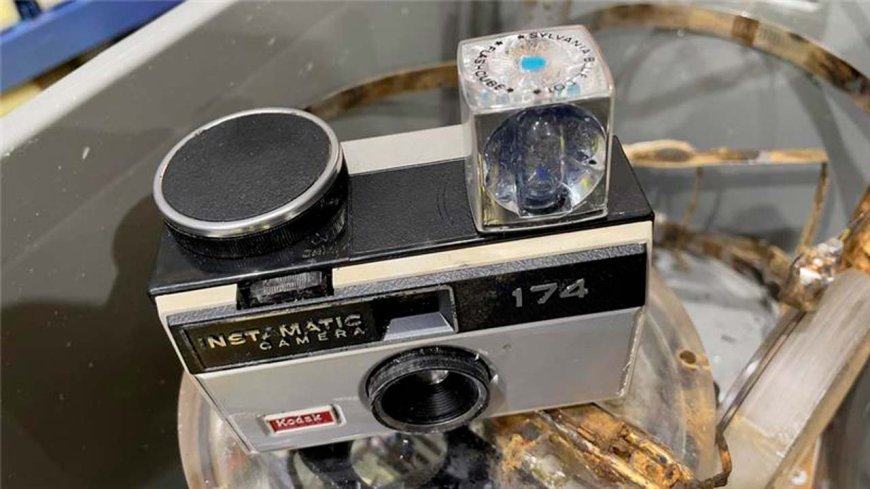An ocean robot developed and operated by the UK’s National Oceanography Centre (NOC) has made a chance encounter of a Nessie kind during engineering trials in Scotland’s famous Loch Ness.
During a test mission, the advanced underwater vehicle, designed for discovering the secrets of our global ocean, accidentally found an underwater camera system – thought to be one of the first attempts to catch the Loch Ness monster on film.
It is believed that the camera, discovered around 180m deep in the loch, had been placed in the water in 1970, by Professor Roy Mackal, of the Loch Ness Investigation Bureau and the University of Chicago.
Remarkably, despite having been submerged in the 23-mile-long loch for 55 years, the camera was still in good condition and the film able to be developed by a NOC engineer, but the loch’s famous inhabitant does not appear to have made an appearance.
Adrian Shine, who set up The Loch Ness Project in the mid 1970s to investigate Loch Ness and its world-famous inhabitant, helped to identify the camera and says it was one of six deployed by Professor Mackal, with three of them lost in a gale that same year.

“It was an ingenious camera trap consisting of a clockwork Instamatic camera with an inbuilt flash cube, enabling four pictures to be taken when a bait line was taken,” he says. “It is remarkable that the housing has kept the camera dry for the past 55 years, lying around 180m deep in Loch Ness.”
NOC has been trialling its underwater robotics, including running multi-day, 24-hour, endurance tests, in Loch Ness for nearly a decade, but this is the closest the team – or its underwater robots – have come to encountering Nessie.
Sam Smith, ALR operations engineer, from NOC’s Marine Autonomous Robotics Systems (MARS) group, says: “At 230m deep, Loch Ness is an ideal location to testing our robotics, their sensors and systems, before they’re deployed in the deep ocean to help answer the big questions we have.
“While this wasn’t a find we expected to make, but we’re happy that this piece of Nessie hunting history can be shared and perhaps at least the mystery of who left it in the loch can be solved.”
The film, camera and its housing have now been handed to The Loch Ness Centre, in Drumnadrochit, near to where it was found, to allow it to be put on display as a part of the loch’s rich Nessie hunting history.



